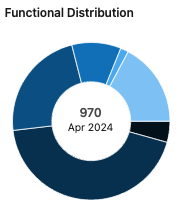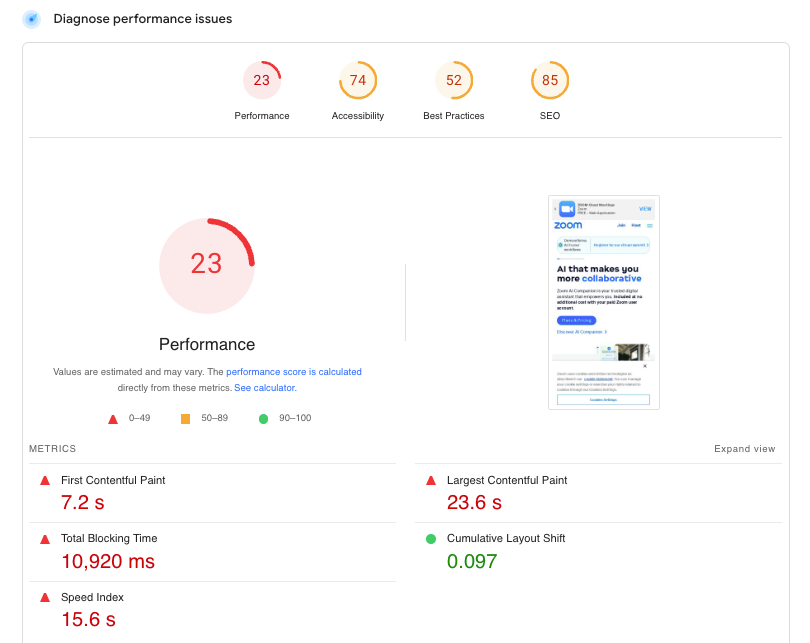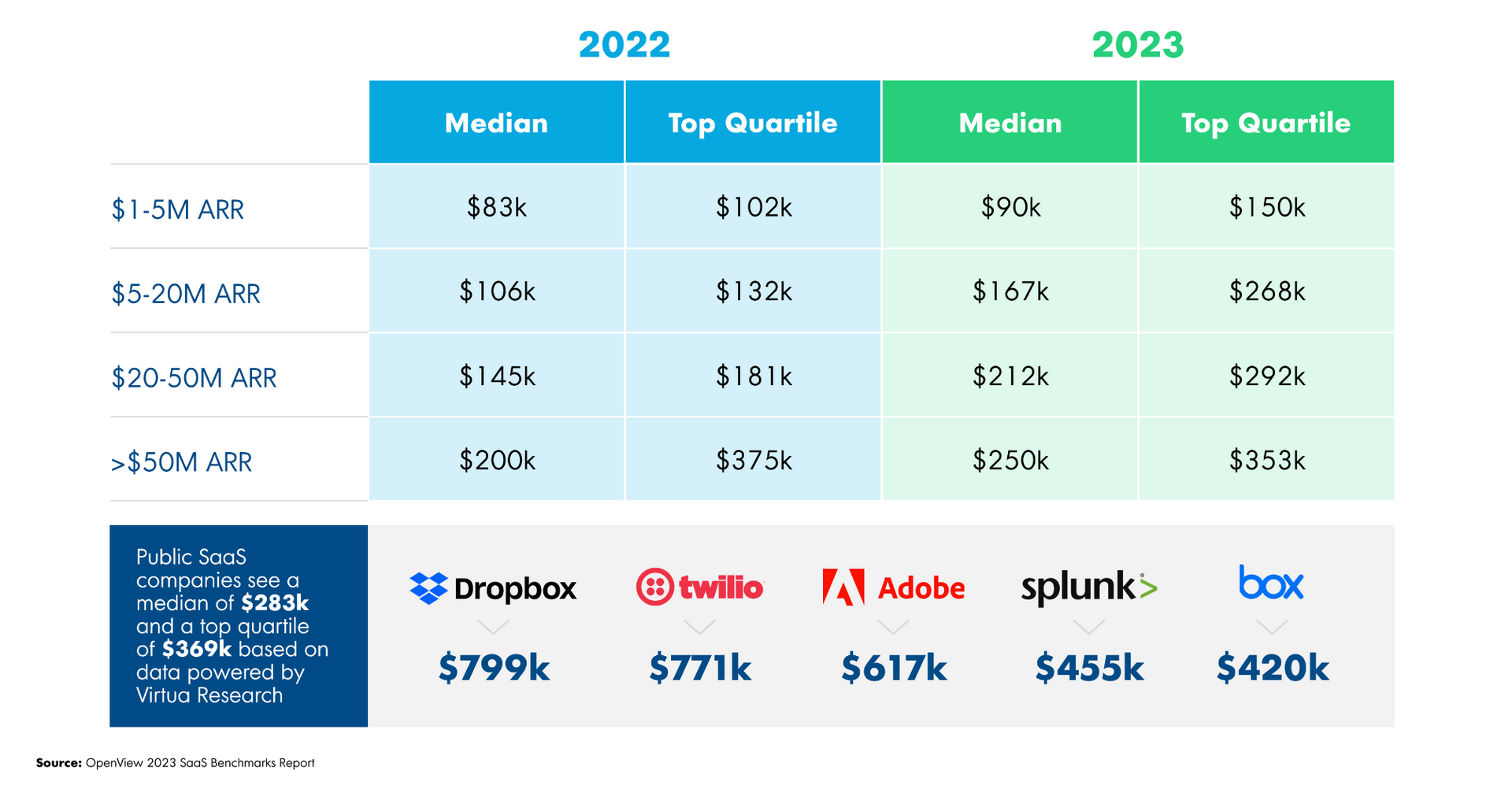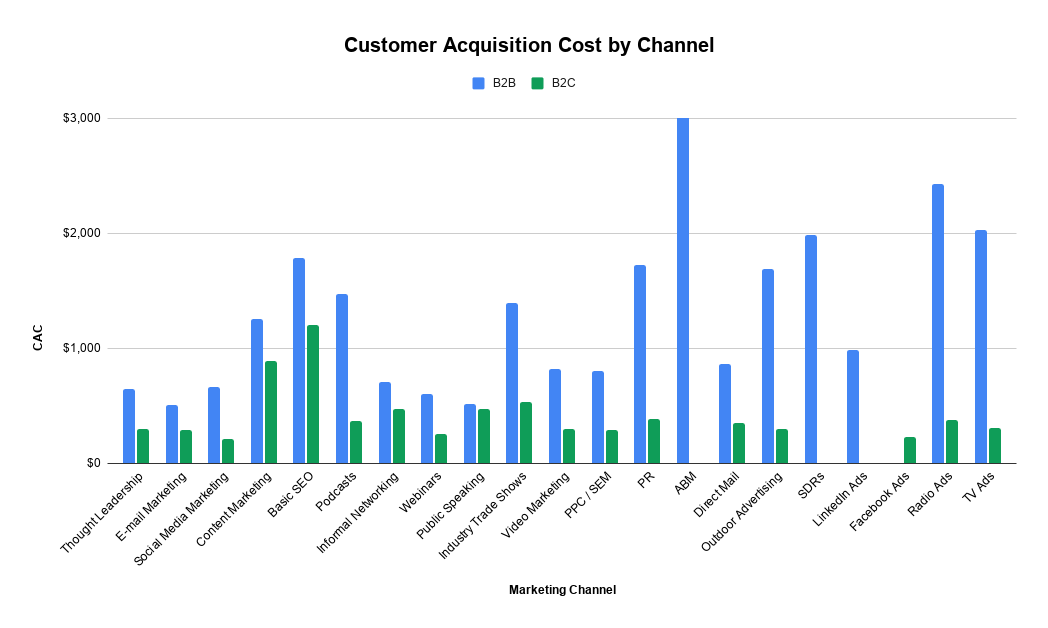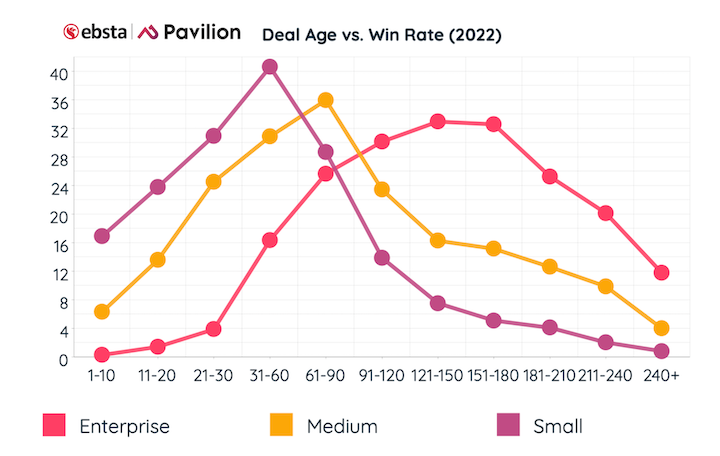The Secrets to Slashing Your SaaS Costs and Maximizing Your ROI!
SaaS (Software As A Service) Inflation and Costs
Prices for SaaS subscriptions are rising, and companies must be vigilant to avoid overspending. Vertice, which provides a cloud and SaaS cost optimization platform and the bar chart above, pegged the 2023 SaaS inflation rate at 8.7%. Now compare that to the Consumer Price Increase, which showed a 3.7% increase during the same time period. With roughly $1 of every $8 in an organization's budget going towards SaaS, understanding these costs is more important than ever.
Managing your SaaS costs means staying ahead of escalating prices while ensuring your company has the tools it needs to thrive. Effective financial management involves meticulous tracking and optimization of software expenses. It's not just about paying the bills—it’s about scrutinizing each SaaS contract negotiation, anticipating renewals, and preventing surprise charges from undermining your budget.
A proactive approach can significantly reduce operations cost, helping you allocate resources wisely and keep a competitive edge in today's market.
Tips for Monitoring and Optimizing your SaaS Costs
To effectively manage your SaaS costs, consider the following tips:
- Utilize SaaS cost management tools to track and analyze your software expenses in one centralized platform, ensuring full visibility into your spending.
- Negotiate SaaS contracts to secure favorable terms and pricing, potentially leading to substantial cost reductions.
- Regularly review your SaaS subscriptions and tool inventory to identify underutilized or redundant applications, allowing for strategic optimization of your software stack.
- Implement proactive monitoring and control measures to prevent surprise contract renewals, reducing unexpected expenses and ensuring budget predictability.
- Leverage SaaS spend tracking solutions to gain insights into usage trends and patterns, enabling informed decisions for optimizing resource allocation and managing expenditures effectively.
- Adopt a disciplined approach to monitoring and analyzing your SaaS expenditure, empowering you to identify opportunities for cost optimization while maintaining operational efficiency.
- Consistently assess the financial impact of your SaaS utilization, aiming to proactively identify areas for reducing waste and increasing cost-effectiveness across your software ecosystem.
- Prioritize SaaS expense management as an integral part of your financial strategy, aligning it with broader budgeting objectives and overall organizational goals.
- Establish clear benchmarks and performance metrics for evaluating the success of your SaaS spend management efforts, ensuring accountability and continuous improvement towards cost optimization goals.
SaaS Spend Management and Monitoring Software
Efficient SaaS spend management is crucial for businesses to track and control their software expenses effectively. Utilizing specialized SaaS spend management and monitoring software can help in centralizing data from various sources, providing real-time insights into usage patterns, costs, and potential areas for optimization.
This type of platform empowers organizations to make informed decisions about their SaaS subscriptions, negotiate better contracts, identify redundant tools, and optimize spending across the entire tool inventory.
Implementing a dedicated SaaS management platform enables businesses to gain visibility into their financial obligations related to cloud-based software. By leveraging such technology, companies can exercise greater control over their budgets while identifying opportunities for cost savings and reducing waste.
With the right SaaS spend management solution in place, organizations can drive efficiency in financial operations by streamlining processes for tracking invoices, managing contracts more proactively, and optimizing expenditure on software resources.
Some highly-rated SaaS cost and spend management solutions include:
Vertice is a spend optimization platform that saves companies up to 25% on their SaaS and cloud costs. It empowers companies of every size and industry to get more visibility and control of their software and cloud spending and leverages automation to deliver guaranteed cost savings. Today, Vertice manages over $1.1B in contract spend and is the only platform worldwide that empowers companies to view, control, and save on both SaaS and cloud costs with an integrated unified offering.
The Productiv SaaS Intelligence™ platform is more than a SaaS management cost control tool as it aligns IT, procurement, finance, and business leaders with trusted data to proactively govern, optimize spend, and drive operational efficiency while increasing employee engagement across SaaS applications. This employee-centric, data-driven approach combines billions of employee app usage data points with vendor contract and organizational data to provide companies like Uber, Zoom, and Box with the most comprehensive view of their SaaS applications.
Zylo enables companies to organize, optimize, and orchestrate SaaS. Organizations such as Adobe, Atlassian, Coupa, Doordash, Hootsuite, Intuit, Slack, Salesforce and Verizon. Zylo’s patent-pending, AI-powered Discovery Engine provides continual, frictionless monitoring of SaaS spend, licenses, and usage to create the industry’s most accurate SaaS system of record.
SaaS Cost Management FAQs
1. What is the definition of Software as Service (SaaS)
Software as a Service, or SaaS, is a way of delivering applications over the internet—as a service. Instead of installing and maintaining software, you simply access it via the internet, freeing yourself from complex software and hardware management. SaaS applications are sometimes called web-based software, on-demand software, or hosted software. Whatever the name, SaaS applications run on a SaaS provider's servers. The provider manages access to the application, including security, availability, and performance. SaaS has become a common delivery model for many business applications because it eliminates the need for organizations to install and run applications on their own computers or in their own data centers.
2. What are the benefits of SaaS?
SaaS not only saves companies time and money by removing hardware acquisition costs but also simplifies subscription management and expense tracking. With such solutions in place, businesses can streamline operations while enjoying flexible scalability that aligns with their growth trajectory – turning capital expenditure into operational expense without compromising on functionality or accessibility.
3. How can I track my SaaS costs?
You can track your SaaS costs by using financial management tools like spreadsheets or specialized software that consolidates all subscription expenses.
4. How often should I review my SaaS subscriptions?
It's advisable to review your SaaS subscriptions regularly, ideally every quarter, to assess their utilization and value to your business.
5. Can I negotiate pricing with SaaS providers?
Yes, you can negotiate pricing with SaaS providers, especially if you are a long-term customer or have significant usage volume.
6. What strategies can help reduce SaaS costs?
Strategies such as optimizing user licenses, eliminating underused subscriptions, and consolidating vendors can effectively reduce SaaS costs.
7. What are some of the SaaS cost models used?
Subscription-based pricing: This common model involves paying a regular fee, usually monthly or annually, for access to the software. It offers predictability which aids in SaaS budget management, but you must ensure that subscriptions align with actual usage to avoid unnecessary expenses.
Usage-based pricing: Charges are based on how much you use the service. Tracking your consumption becomes vital here; it's an ideal choice for companies with fluctuating software demands and can lead to significant SaaS cost reduction when managed correctly.
Per-user pricing: Costs scale with the number of users accessing the software. This straightforward approach simplifies SaaS spend tracking but beware – as your team grows, so will your expenses unless you regularly review and adjust user licenses.
Tiered pricing: Providers offer various packages with different feature sets and limitations. Your task is to assess value against cost, ensuring you're not overpaying for features under this SaaS management platform structure.
Freemium models: These grant basic functionality for free while premium features come at a cost. They can be a gateway to uncontrolled Shadow IT if employees adopt tools without proper SaaS procurement oversight.
Flat-rate pricing: One price grants full access to all features. While it makes SaaS expense management easier due to consistent billing, ensure that the tool justifies the expense across all its capabilities.
9. What trends have impacted SaaS costs and pricing?
| Trend | Impact on SaaS Management | Considerations for Businesses |
|---|---|---|
| Rising Adoption of SaaS Solutions | Increases overall SaaS costs due to higher number of subscriptions | Regularly evaluate and prioritize SaaS tools based on usage and business value |
| Proliferation of Pay-Per-Use Models | Can lead to unpredictable spending patterns | Monitor usage closely to avoid unexpected charges and optimize for cost-effective tiers |
| Growth of SaaS Marketplaces | Provides more options but complicates management and cost tracking | Employ centralized SaaS spend management platforms for visibility and control |
| Increased SaaS Spending Transparency | Helps organizations understand true cost and value of SaaS investments | Implement analytics to track ROI and make informed decisions on SaaS renewals |
| Shift Towards Bundled Services | May offer cost savings but risks redundant features across tools | Assess bundles for overlap with existing services to ensure they are cost-effective |
| Renewal Price Creep | Gradual increase in SaaS costs at renewal can strain budgets | Negotiate contract terms upfront and set reminders for renewal discussions |
| Expansion of SaaS Management Platforms | Aids in centralized management but adds to SaaS stack | Select a comprehensive management solution that integrates with existing SaaS tools |
